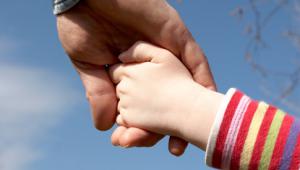10 August 2001
Welcoming the register as a step in the right direction, ADSS children and families committee chair Rob Hutchinson said it gave children in need of permanent homes 'as good a chance as possible of adoption'.
Launching the register on August 7, health minister Jacqui Smith said the government was determined that children were adopted as quickly as possible and wanted to increase the rate of adoptions by 40%.
But Hutchinson, who is director of social services at Portsmouth City Council, warned that the main aim should be to safeguard the best interests of children.
He told Public Finance: 'The primary aim should be to ensure that children are placed with carers that meet their needs rather than achieving the 40% target. Hopefully the two will coincide but no-one would want the situation where the target was more important.'
The National Adoption Register for England and Wales is part of a government-led offensive to cut the length of time it takes for children to be adopted, and will be available on-line next month.
At the moment councils work in isolation, trying to match local adults with children who need to be adopted in their area.
That, however, is set to change with the national register which will ensure joined-up government in action, allowing authorities to look further afield if adoption cannot be arranged locally.
A Downing Street summit, held 18 months ago with social services professionals, adoption agencies and children's charities, fleshed out plans for a major shake-up of adoption procedures.
The government said at the time that up to 1,000 extra adoptions could happen each year. It also announced plans for a set of national standards to remove the problems caused by councils using different criteria when deciding who may adopt.
This had been prompted by wide variations in the levels of adoptions carried out by different local authorities. There was concern, for instance, that councils such as Hartlepool managed to place 11% of adopted children with families while neighbouring Darlington placed just 1%.
PFaug2001


















